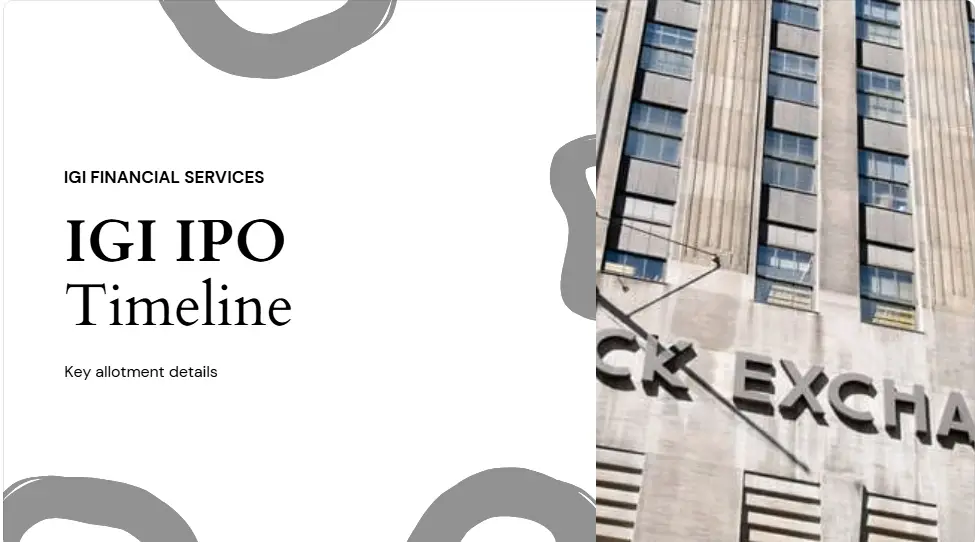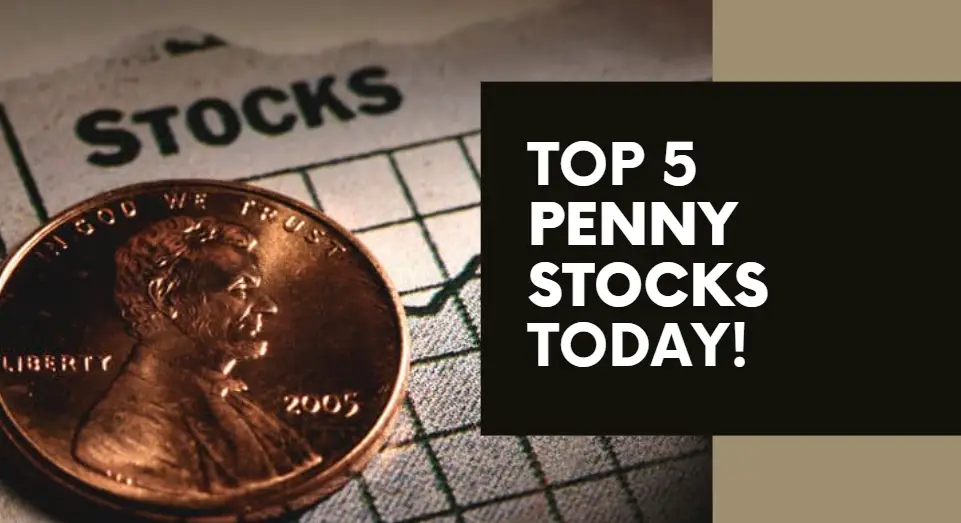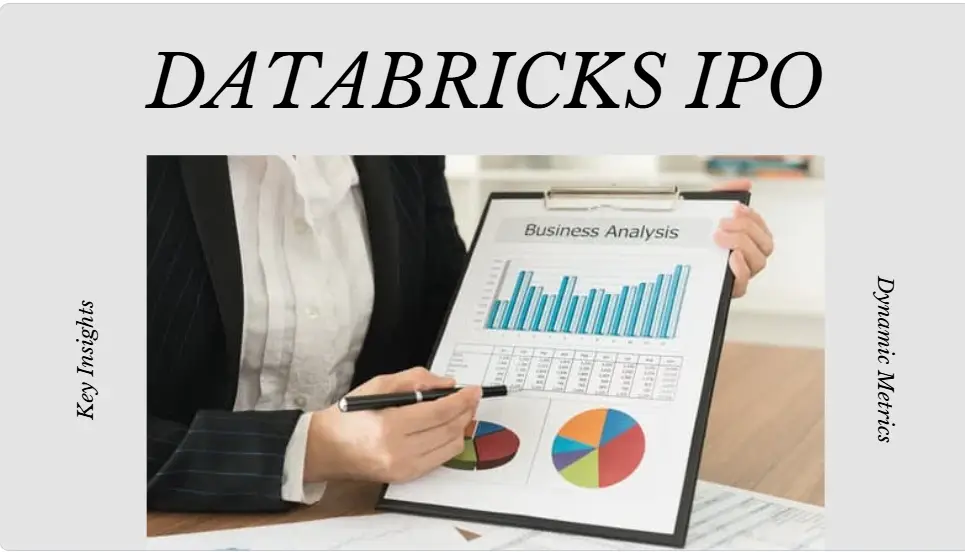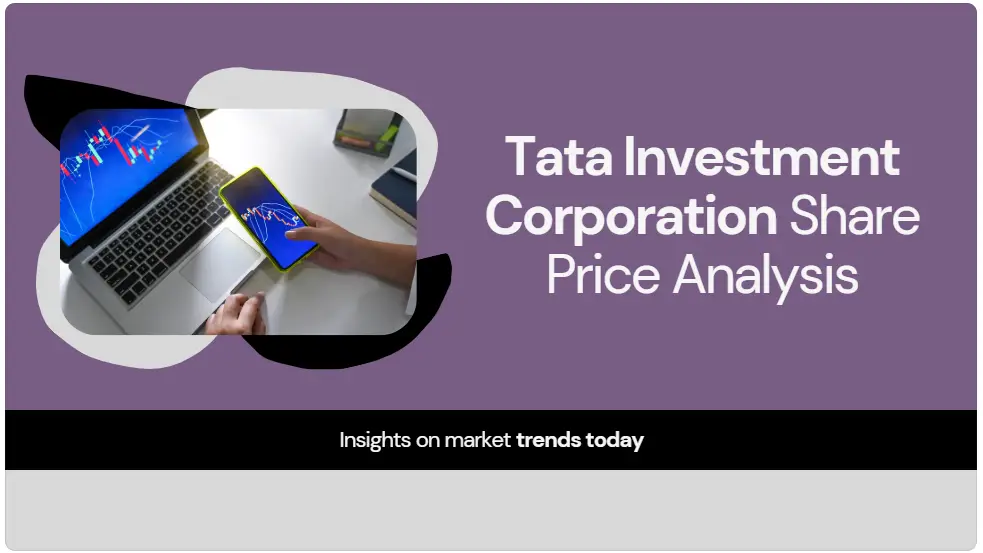Whenever you hear the topic of “max pain bank nifty” you automatically think of some sort of evil deity lurking around to hurt you. In reality, it’s just a concept of options that traders use to anticipate the index of the Bank Nifty may end up before expiration.
What is Max Pain?
Max pain (or maximum pain) is an options theory. As we get closer to the option expiry, maximum pain price is defined as the strike price at which option buyers will suffer the biggest losses. In other words, it is the price at which the combined payout to all call and put holders would be the lowest (so sellers will keep more premiums).
Investopedia defines it as “the strike price with the most open option contracts... at which the stock would cause financial losses for the largest number of option holders at expiry. ”
Max pain Bank Nifty is simply the Bank Nifty strike price where the maximum number of option contracts on Bank Nifty go out-of-the-money (expire worthless). At this price, option buyers will collectively suffer the most money.
How It's Calculated (The Core Idea)
Identify Strike Prices
Look at all available Bank Nifty option strike prices for a specific expiry.
Sum Open Interest
For each strike, calculate the total potential loss for *buyers* if the index expired *exactly* at that strike (summing losses for expiring Calls and Puts).
Find Maximum Loss
The strike price where this calculated total loss for buyers is the highest is the Max Pain point.
In a trading platform, it will mean: “Max Pain is the price where most open options contracts... would cause option holders to lose as much money as possible.” In other words, imagine plotting the dollar losses for every option strike at expiry; the max pain strike is where that loss curve is highest.
Why It Matters (and Doesn't)
Potential "Gravitational Pull"
In practice, some traders believe that on expiry, after a week closed in, the actual price of Bank Nifty will tend to “pull” toward this level. Generally, traders keep an eye on this point when it closes.
Not a Guarantee
It's a theory, not a trading signal. Market forces, news, and large institutional trades can easily override this tendency. It's one data point among many.
TalkOptions Scenario
Current Bank Nifty: 50,000
Calculated Max Pain: 49,500
Theory Suggests: Price might be "attracted" towards 49,500 by expiry.
Result if theory holds: Buyers at strikes far from 49,500 lose, sellers profit. In sum, max pain Bank Nifty is simply the expected “pin” point on expiry day where option buyers will feel the most pain.
Max pain bank nifty calculator
Enter Bank Nifty option chain data (Strike Price, Call Open Interest, Put Open Interest) below. The calculator will determine the strike price at which option buyers (collectively) would experience the maximum financial loss upon expiry (i.e., where the total intrinsic value payout is minimized).
| Strike Price | Call OI (Contracts) | Put OI (Contracts) | Action |
|---|
Why Does Max Pain Matter to Traders?
For several reasons knowing the max pain level for Bank Nifty can give traders a edge (or at least a talking point).
Price Prediction
It gives a potential target (aka “magnet” ) at which Bank Nifty might close at expiry. Now if the actual index is below max pain (strike), traders expect the index will drift up (and vice versa).
Risk management
Traders can set stop loss or exit levels around the max pain zone because moving out of that area would be very bad for them in the long run. Such as an options seller wants the index to maintain near the max pain strike so both of their options expire worthless.
Strategy optimization
If you are writing (selling) options you can actually put strikes at the max pain level which will make it more likely that you can make money. As per Aditya Birla Capital, max pain helps traders “align option strategies depending on the relationship between the max pain level and the actual price”.
The Seller's Viewpoint
In fact, many option writers (sellers) look at max pain in practice. The idea here is, if Bank Nifty ends at the max pain strike, both many calls and many puts are out of the money, so the sellers would collect premiums on both sides. As Investopedia puts it, this is “the strike whereby most options will expire worthless, where maximum losses are suffered by buyers. ” In fact, one analysis states option sellers will lose the least amount of money if market closes at max pain.
Important Caveat
Again, note the caveat – max pain is purely theoretical. A whole lot of things – news, massive buying/selling, volatility, etc. – can push Bank Nifty far from this level. Aditya Birla Capital suggests that while max pain does offer insights, it “should not be relied on completely”. We’ll talk about these later.
Impact on Bank Nifty Options
Bank Nifty is one of India's highly liquid indices. The options expiry is on weekdays. So that liquidity can lend more weight to the max pain effect than if it were a small stock.
Many traders think that institutional flows (market makers hedging) causes Bank Nifty price to gravitate toward max pain level near options expiry.
Directional bias
If the current price of Bank Nifty is below max pain (strike), some traders expect the index to move higher whereas if the price is above max pain (strike), they expect the index to fall.
As stated by Aditya Birla Capital, “if bank nifty max pain is 40, 000 and price is 39, 800, there may be bias for index to head towards 40, 000 as expiry approaches. ”
Also in this scenario, TalkOptions suggests, if BNFifty is at 50, 000 but max pain is 49, 500, traders expect the index to go down to 49, 500 by expiry.
Weekly Expiry Nuances
Bank Nifty options expire every Thursday (including futures trading until 5: 30 PM). While comparing to max pain there is generally confusion as to which close to use official spot (3: 30 PM) or the futures close?
Key Takeaway: Zerodha's Karthik Rangappa explains this in his clear & concise way. Use Bank Nifty futures close (around 5: 30 PM) to see how close it got to max pain strike i. e. calculate Max Pain versus final futures price, since this is, in simplest terms, the "expiry price" of weekly options.
Volatility & Volume
Since Bank Nifty tends to have extremely high turnover its max pain level is most likely to be near high traded strikes.
- Large inflows of OI (for example large put writing at a particular strike) will push the max pain price to that strike.
- Trader can sometimes watch max pain live using live charts(e. g. Sensibull, Upstox).
- But do remember the real test of max pain is expiry.
Case Studies: Selling at Max Pain
To make this clear, let's take a couple of examples (these are examples only, not real trade suggestions):
Example 1 – Bearish max pain
It is Wednesday and Bank Nifty is at 34,500. You learn (from OI data) that max pain of Thursday expiry is 34,000. Theoretically, Bank Nifty can trade at around 34,000 by Friday. A seller can write a Bank Nifty 34,500 call and a 34,000 put (an OTM strangle) on Wednesday to earn premiums. Bank Nifty at 34,000-34,500 at expiry will result in both options ending worthless and the seller retains all the premium.
Example 2 – Bullish max pain
Suppose Bank Nifty is trading at 39,800 and the max pain calculated is 40,000. Traders can think it will touch 40,000 by expiry. One can short the call of 40,000 (hoping it will expire out of money) and may buy puts for protection. If Bank Nifty does get to 40,000 and stays there, the call seller is in profit, and the bought put is a losing hedge, which can be small.
Example 3 – Missed move
It's also interesting to observe what happens when the theory goes wrong. If we sold options expecting max pain not to move, but a surprise RBI announcement causes Bank Nifty to move away from max pain, then the "max pain trade" incurs a loss. For instance, if Bank Nifty closes at 41,000 when max pain was 40,000, the call seller incurs a loss. This demonstrates the risk: employing max pain without consideration can be dangerous, and hence most traders employ it with stops or hedges.
These are some examples of how speculators attempt to exploit max pain in actual trades, primarily by short selling options at that price level. In reality, traders observe how price and open interest move as expiry nears. Some even switch strategies if max pain continues to shift. As Aditya Birla Capital suggests, max pain should inform your strategy but not dictate it.
Strategies to Leverage Max Pain
How do you apply max pain in a trading strategy? Here are some ways you can do that:
-
Options Writing At Max Pain:
This is the classic approach. Sell options at the max pain. For instance, if max pain is 34,000, sell a 34,000 call or a 34,000 put, or sell an iron condor (sell a 34,000 call and a 33,000 put and buy some protection at a higher strike). The logic is that if Bank Nifty ends around 34,000, both the options you sold will be worthless.
-
Directional Bets For Max Pain:
If Bank Nifty is distant from the max pain strike, some traders make directional bets anticipating a turnaround in price. For example, they can buy Nifty futures or call options if the price is below max pain, or buy put options if it is above. This is riskier (basically betting that the theory will hold), but can be attempted in the final day or two.
-
Setting Targets/Stops:
Take the max pain level as a possible target (for taking profit) or where you might be able to exit. Let's say you are long: you can strategize to exit near the max pain strike with the hope that the action will cease there.
-
Rolling Spreads:
If you already have option spreads, you can consider replacing them when max pain shifts. For example, if your short strike is lower than current max pain, and max pain increases, you could roll your short call up to remain close to the new max pain.
-
Combine with PCR or Other Indicators:
Some traders trade only on max pain if the PCR (put-call ratio) confirms the signal (see next section). They can combine with RSI, support/resistance, and other indicators to validate the move to max pain.
Timing is of the essence. The impact of max pain tends to be most prevalent just before expiration. Most methods of max pain are used in the final days (or even hours) of the options cycle.
Put-Call Ratio (PCR) – A Closely Related Measure
One related option metric is the Put-Call Ratio (PCR). PCR is simply the ratio of open interest (or volume) on puts to calls. In the context of Bank Nifty, PCR (open interest based) = Total open interest of BankNifty puts / Total open interest of BankNifty calls. Market mood is perceived by traders as a measure through PCR.
High PCR (>1)
More puts than calls. For example, a PCR of 1.3 means 30% more puts. This is usually a good bearish sign because most traders are long puts.
Contrarian Signal: Very high PCR can also mean that the market may be oversold and will bounce back, a contrarian "buy" signal.
Low PCR (<1)
Higher number of calls compared to puts. Extremely low PCR (for example, 0.5) implies highly bullish sentiment.
Contrarian Signal: Can indicate a market top or overbought condition, potentially leading to a pullback.
The Contrarian Perspective
PCR is also referred to as a contrarian indicator: if everybody is bearish (PCR high), the market may move higher in the near future, and vice versa. In actuality, very few traders employ both PCR and max pain. For instance, if Bank Nifty max pain is above the price (will move higher) and PCR is high (market is oversold), both the indicators are indicating a bullish signal. Low PCR but max pain above the price can give confusing signals, and caution should be exercised.
The key is: PCR shows you how people feel, while max pain gives you a target price. They both use open interest data but answer different questions. Watching both can help you understand better: for example, if max pain says “look at 34,000” but PCR is 1.4 (very negative), you might trust max pain more. If PCR is neutral (about 1.0), you depend on max pain alone.
Limitations and Common Misconceptions
It's worth noting what max pain Bank Nifty is not:
-
Not a Sure Thing:
Max pain is a concept, not a reality. Markets don't necessarily have to obey it. Large news events, large economic changes, or large institutional orders can drive the index away from its max pain point. According to Investopedia, critics debate whether moving towards max pain is mere luck or actual manipulation.
-
Relies on Open Interest Alone:
Max pain considers only OI data. It does not take into account fundamentals, volumes, volatility changes, or market sentiment. If OI data gets stale or is interpreted wrongly, the level of max pain may provide a misleading impression.
-
Timing Matters:
Max pain is highest at the last days or weeks of an options life. For the cycle last time, other influences bear more on prices. It's not realistic to expect June's Bank Nifty to hit a max pain strike scheduled weeks ahead.
-
Not Universal:
You could largely see this occurring in highly liquid and highly traded F&O segments such as Nifty 50, Bank Nifty, etc. In a illiquid stock, the direction of OI trends may have no effect at all on the price.
-
Psychological Trap:
There are a few traders who believe max pain is "the market will be exactly that level," which is incorrect. At best, it might draw prices in, be a point of control, or simply be where a lot of contracts converge. It doesn't make the move happen by magic.
-
Expiry Day Ambiguities:
On expiry day, Bank Nifty futures still remain open after the spot close. Max pain has to be estimated by using the futures close by traders. As mentioned, the expert opinion of Zerodha is to use the Bank Nifty futures price while determining whether the close of the day reached the max pain point.
In simple words, max pain Bank Nifty is only one of the tools, not a perfect solution to trade. It can help you get an edge if used with caution along with other indicators, but trusting it alone is not advisable. Always control your trade size and set a stop-loss, because the market generally has the final say.
Final Reflections: Is Max Pain Worthy of Utilization?
Max pain for Bank Nifty represents the market positioning. It is not perfect but is a reliable indicator — especially in the last 2–3 days to expiry. Combine with:
- Real-time open interest tracking
- Put-Call Ratio (PCR)
- Technical indicators
- Successful risk management
Use it as a guide, not scripture.
Key Takeaways:
- Max pain = Strike price at which most options will expire worthless.
- It helps option sellers in risk management and planning.
- Works best close to expiry, particularly in Bank Nifty due to liquidity.
- Combine with other indicators for better results.
Sources
- Investopedia – investopedia.com
- Bajaj Finserv – bajajfinserv.in
- TalkOptions – talkoptions.in
- Zerodha – zerodha.com







Pingback: SBI Q4 Results Infographic: Profit Dip, Dividend & Growth
Pingback: Sensex Max Pain: Predict Expiry-Day Moves